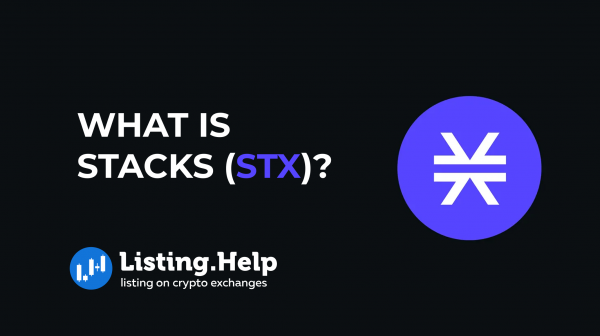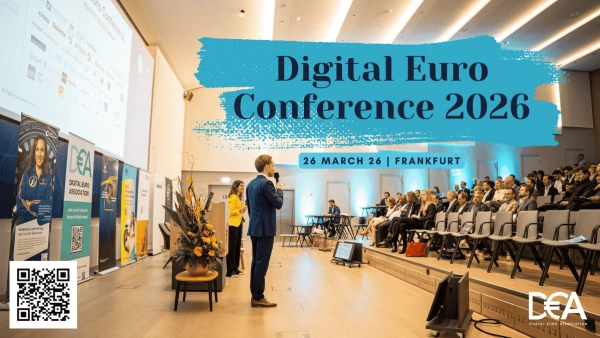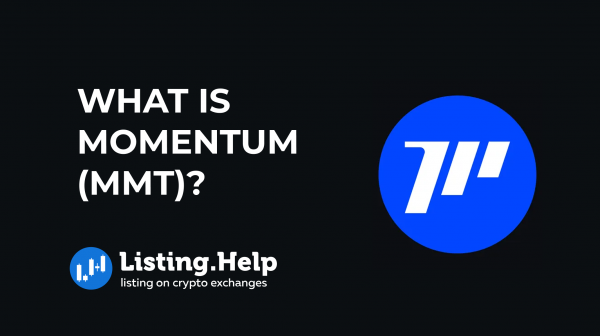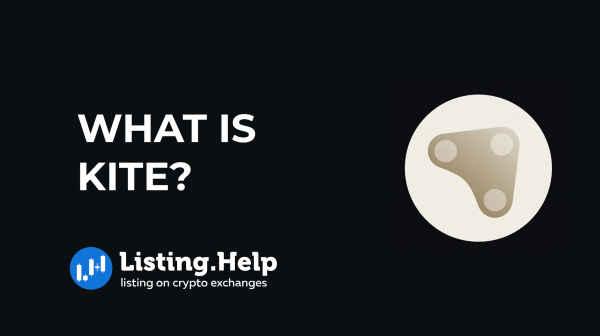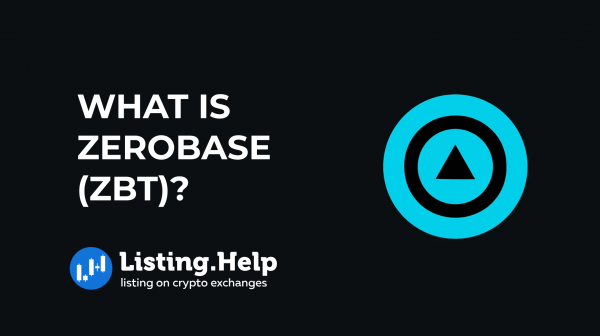How to Build Your Own Metaverse? Steps to Creating a Digital World
 September 3, 2023
September 3, 2023 Updated: January 27 2025, 07:26
Updated: January 27 2025, 07:26
LEAVE A REQUEST
Launching your own token project? Our experts are ready to help with listing on exchanges, market making, marketing and other solutions
SUBMIT APPLICATIONThe term ‘Metaverse’ has become a staple in the lexicon of tech aficionados. Stemming from the imaginative works of cyberpunk authors and later gaining momentum with major corporate ventures, many are intrigued by the idea of creating their own metaverse. But how does one embark on such an endeavor? This article aims to offer a concise, clear guide to understanding and building your personal metaverse.
What is the Metaverse?
The metaverse can be traced back to authors like Gibson and Stephenson, who envisioned a virtual reality-enabled internet. Such ideas were fictional until advancements in Virtual Reality (VR) technology made them feasible. Matthew Ball encapsulated the metaverse’s essence by emphasizing its probable origin as a collaboration of various platforms, entities, and technologies promoting interoperability. In essence, the metaverse is the internet reimagined through VR.
Key Metaverse Technologies
If you’re looking to construct your very own Metaverse, understanding the underlying technologies is paramount. This guide offers a concise breakdown of these pivotal technologies.
1. Virtual Reality (VR):
At the heart of the Metaverse is Virtual Reality. While many associate VR with immersive gaming or cinematic experiences, its applications span far beyond that. Today, VR is instrumental in providing simulations for training in sectors like healthcare, engineering, and education, making learning more interactive and engaging.
2. Augmented Reality (AR):
Imagine blending the virtual and real worlds to enhance the user’s perception. Augmented Reality accomplishes this by overlaying digital elements — be they sound, visuals, or other data — onto our real-world view. This amalgamation of physical and virtual realms opens doors for innovative applications, from real-time information overlays to immersive gaming experiences.
3. Artificial Intelligence (AI):
The backbone of automation within the Metaverse, AI ensures that virtual entities act and react in ways that echo human-like intelligence. By analyzing vast amounts of data and learning from it, AI can predict user behavior, automate repetitive tasks, or provide personalized experiences, enriching the user’s journey within the Metaverse.
4. Blockchain Technology:
Security and trust are paramount in the Metaverse. Enter Blockchain — a decentralized ledger that ensures transparency and security. By utilizing cryptographic methods like public key encryption, blockchain guarantees the integrity of transactions within the Metaverse. Moreover, its decentralized nature ensures no single entity holds complete control, fostering trust and collaboration among participants.
5. 3D Technology:
A lifelike Metaverse demands realistic visuals. 3D technology enables the creation of such detailed, three-dimensional images that closely mimic real-life objects or terrains. When paired with VR headsets or anaglyph glasses, these visuals come alive, providing an immersive experience that’s almost indistinguishable from reality.
6. Non-Fungible Tokens (NFTs):
In the digital realm, uniqueness and proof of ownership become critical. NFTs, or Non-Fungible Tokens, are blockchain-based digital assets that vouch for the singularity of a digital item. From artwork to in-game assets, NFTs validate authenticity, ensuring that a particular item is one-of-a-kind and owned by a specific user.
Key Features and Challenges in Designing a Metaverse Minimum Viable Product (MVP)
Embarking on the creation of a Metaverse Minimum Viable Product (MVP) entails understanding its fundamental features and the hurdles you might face during development. Here’s a succinct exploration of these features and challenges.
Essential Features of a Metaverse MVP:
Decentralized Identity Management System:
Within the Metaverse, users have the power to craft their identities through avatars, underpinned by the blockchain’s decentralized nature. Not only does this system let you incorporate basic details like name and age, but it also ensures confidentiality. Others can confirm your identity without accessing sensitive data like your bank details or contact information.
Digital Assets & Asset Exchange:
The Metaverse permits the generation of digital assets in its blockchain-based world. Such assets can function as currency for user-provided goods or services or even fund-raising via Initial Coin Offerings (ICOs). An integrated asset exchange promotes efficient trading of these digital commodities.
Wallet & Payment Gateway:
For asset storage, users rely on a digital wallet, ensuring asset safety. Concurrently, the payment gateway acts as a bridge for transactions between different wallet users, leveraging smart contracts on the blockchain. This mechanism hastens transactions while retaining transaction clarity.
Tokenization Platform & Protocols:
Tokenization platforms empower users to formulate their specific tokens on platforms such as Ethereum or EOS. The associated protocols elucidate the token functionalities post-launch. These protocols clarify token transfers and their trading eligibility on different exchanges or their utility across various apps linked to the platform.
Hurdles in Constructing a Metaverse:
Security Assurance:
The bedrock of any virtual world is its security apparatus. User trust hinges on the Metaverse’s imperviousness to breaches. Overcoming this necessitates hiring seasoned professionals adept at integrating top-tier security protocols. Features reinforcing security encompass blockchain, tokenization, the zero-trust model, and the embracement of open standards.
Scalability Solutions:
As user influx rises, so do the demands of the Metaverse. This scalability challenge mandates iterative feature and service enhancements to prevent system overloads. Employing mechanisms like dual-chain network architectures or transitioning to an open-source approach can mitigate scalability issues.
User Experience Enhancement:
A user’s journey within the Metaverse should be seamless. Any disruptions or glitches can deter engagement, leading to a decline in user retention. Ensuring a bug-free environment is crucial for prolonged user immersion.
Accessibility Measures:
The Metaverse should cater to a diverse audience, including those unfamiliar with blockchain nuances. The key lies in devising intuitive, cross-compatible interfaces that cater to users of all technological proficiency levels and physical abilities.
How To Create a Metaverse: The Step-by-Step Guide
Venturing into the realm of the metaverse is an endeavor of considerable magnitude. Whether spearheading this effort solo or in collaboration with a specialized development team, understanding the journey ahead is crucial. Here’s a systematic breakdown to guide future metaverse creators.
- Business Analysis and Budgeting:
Begin by conducting an exhaustive analysis of the market, pinpointing potential customers, competitors, and the dynamics of their offerings. It’s essential to introspect, recognize the strengths and potential pitfalls of your venture, and evaluate your team’s capabilities. A thorough discovery phase is crucial for newcomers to the metaverse to lay down a strong foundation.
- Assembling the Development Team:
With a clear vision, the next step is bringing together the right talent capable of breathing life into your metaverse dream. You might consider an in-house team or explore partnerships with agencies that have a forte in metaverse and Web3 project development. Recruiting a proficient team ensures the project’s progression, from conceptualization to the grand unveiling.
- Wireframing and MVP Development:
Before diving into the intricacies of coding, conceptualizing wireframes and developing a rudimentary prototype, often termed an MVP (Minimum Viable Product), is fundamental. This step facilitates the trial of elementary functions and user interfaces, paving the way for the eventual development of more sophisticated features.
- Frontend and Backend Development:
The metaverse’s construction starts with the selection of appropriate programming languages. For mobile applications, developers often lean towards Objective C or Swift for iOS, and Java for Android. However, for more intricate projects, like virtual social platforms, frameworks like Ruby on Rails might be more fitting for backend development. Furthermore, cross-platform tools like Flutter and React Native also offer alternatives, especially for less complex app development.
- Quality Assurance (QA):
Rigorous testing is non-negotiable. This entails probing varied scenarios, even rare edge cases that might arise under specific conditions. Furthermore, ensuring compatibility across diverse browsers and devices is vital to ensuring a seamless user experience.
- Project Deployment and Ongoing Support:
After the QA phase, the metaverse can be officially launched! Yet, the journey doesn’t end here. To remain relevant and keep up with evolving trends, continuous support and updates will be pivotal. The commitment goes beyond the initial development; ensuring the product’s longevity and adaptability are just as crucial.
How Much Does It Cost to Create a Metaverse?
The financial commitment hinges largely on the envisioned complexity. For instance, an interactive, avatar-centric metaverse might come with the following rough estimate:
Development Expenses: Approximately $15,000 – $20,000 monthly
Infrastructure (server) Costs: Around $1,500 monthly
Infrastructure Upkeep: Roughly $1,500 monthly
Marketing and Outreach: Estimated $2,500 monthly
Support Team Compensation: Around $10,000 monthly
Conclusion
At its core, while entertainment might seem like the apparent motivation behind the metaverse, its applications transcend this. It’s not merely a digital escape; it’s a multifaceted platform — a hub for business, a novel social interaction medium, an investment avenue, and a trailblazing solution to real-world challenges. However, security remains paramount. A metaverse’s credibility is contingent on its robustness against potential breaches, ensuring user trust and fostering a safe virtual ecosystem.

For those who keep on falling deeper into the intricacies of the metaverse and its multifaceted applications, our blog offers comprehensive insights. Explore in-depth articles and the latest trends at https://listing.help/blog/. Stay informed, stay ahead, and empower your understanding of the digital future.




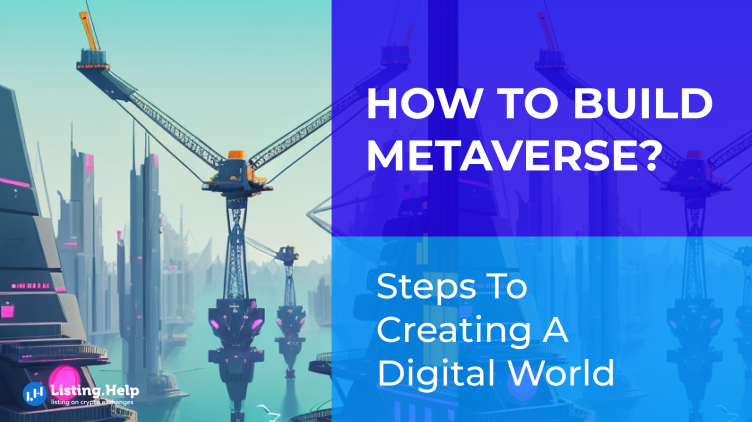

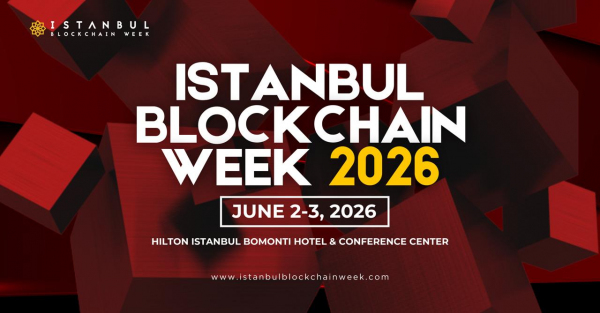
 December 22, 2025
December 22, 2025 

